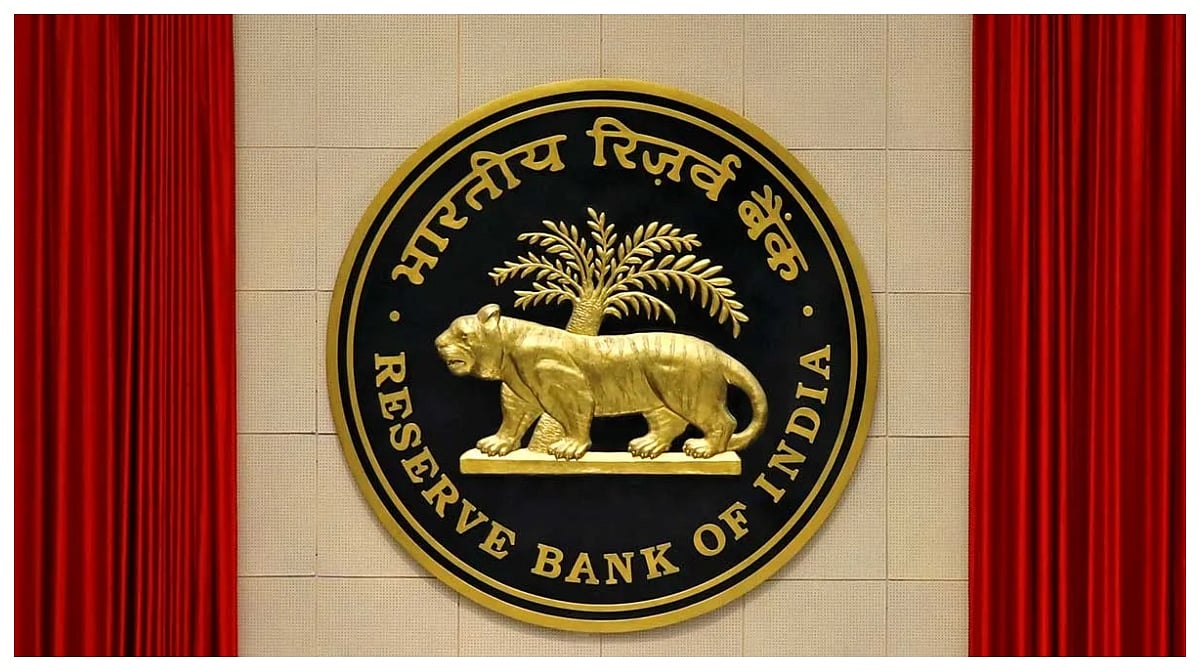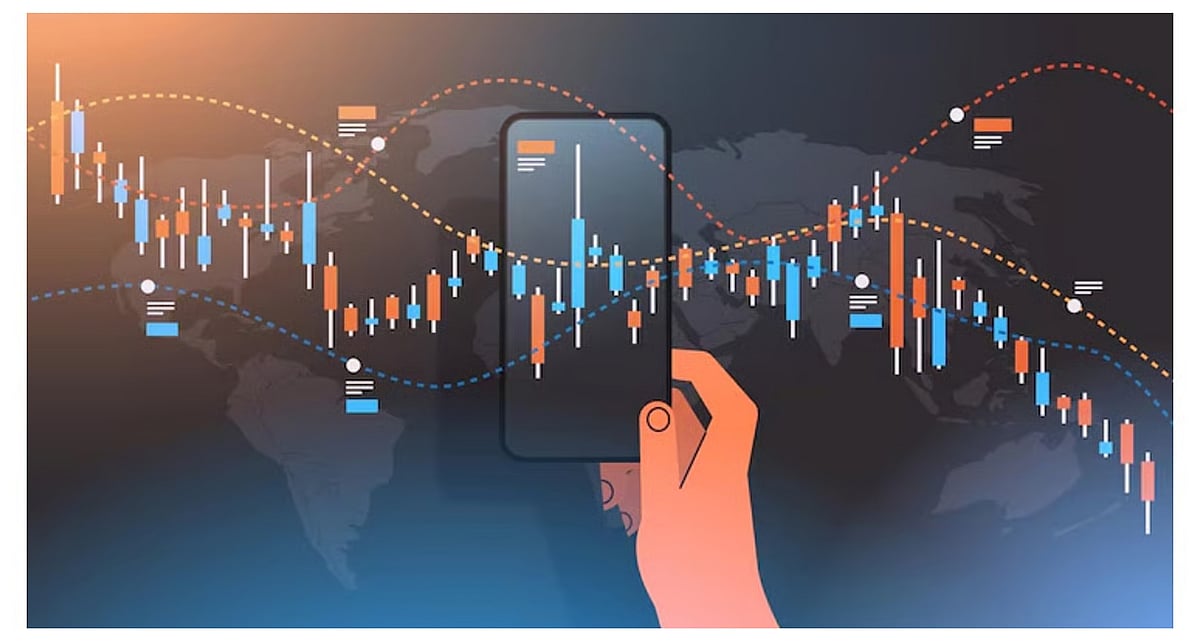Mumbai: Risks in India's banking sector may rise as a result of the central bank's steps encouraging more lending to non-bank financial institutions (NBFIs) and retail borrowers, Fitch Ratings said on Friday.
Keeping credit flowing and averting a significant economic slowdown will help borrowers and support financial stability. But the measures could push up banking-sector risk if they lead banks to accept higher credit risk, said its Senior Director Mark Brown.
The Reserve Bank of India announced three main steps in August: an increase in the single-exposure limit to 20 per cent of tier 1 capital from 15 per cent; priority lending status for credit to NBFIs for on-lending to finance agriculture, small businesses and home-buyers; and a reduction in the risk weight for consumer loans (except credit cards) to 100 per cent from 125 per cent.
This follows other initiatives including harmonising risk weights on NBFI exposure, allowing banks to raise additional liquidity by selling excess government securities, and a partial credit guarantee from the government on banks' asset purchases from NBFIs.
NBFIs, historically important providers of consumer loans in India, are under significant funding pressure following defaults in the sector. NBFI disbursements have declined steeply, with knock-on effects to other sectors. For example, reduced availability of auto finance has contributed to falling vehicle sales, which were down 31 per cent year-on-year in July.
"Some pressure on NBFIs will be alleviated if banks direct more funding towards them, but we expect only the strongest NBFIs to benefit substantially," said Brown in a statement.
"Most banks will be reluctant to lend to weaker NBFIs as they are focused on conserving their limited capital while grappling with legacy bad loans and a new wave of deteriorating asset quality."
Lower consumer loan risk weights will give a small boost to banks' regulatory capital ratios. Lending slightly more for each unit of capital will be positive for loan growth but negative for banks' overall credit profile if the extra lending is riskier than average.
The increase in the single-exposure limit is likely to have more impact on lending by allowing some banks to lend significantly more to NBFIs, said Brown. Large NBFIs, whose bank funding previously came from a handful of large banks, will be able to get additional funding from these and other banks.





